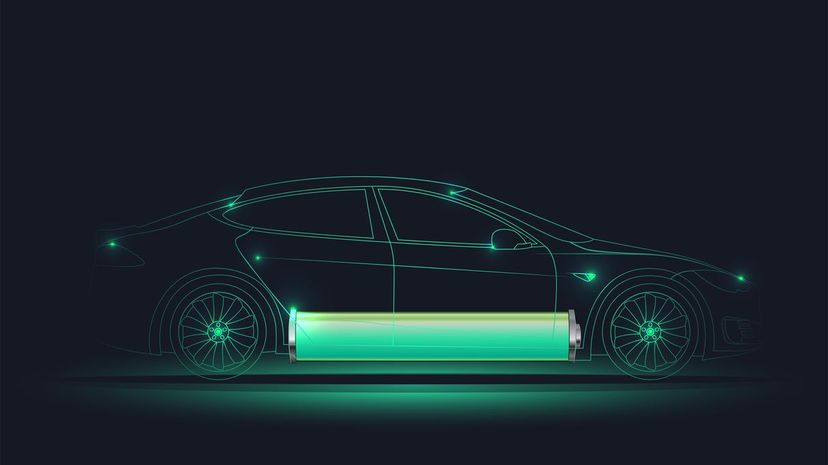
About This Quiz
You step on the accelerator and the car moves.
That all the thought most of the driving public gives to the operation of their automobile, but there is so much more to the story than that! The internal combustion engine is a miracle of technology, where a multitude of pieces all work together in perfect harmony, powered by small explosions in the cylinder that drive the vehicle forward. Even those who don't have any type of mechanical aptitude can appreciate how amazing this ballet of mechanical engineering is when they can examine the inner workings of their engine. This quiz is designed to test your knowledge of what powers this dance under the hood.
The internal combustion engine has been the driving force — no pun intended — of the automotive industry for more than a century. New technology, however, has entered the scene. Electric and hybrid vehicles are becoming more commonplace on the roads today, and their influence looks to only get bigger as the technology matures and more and more find themselves in the garage of middle-class families.
For this quiz, we're going to examine how these engines generate the energy necessary to keep us on the move, how that power is measured, and look at some technology that has changed the very nature of the way those engines work. They are both a part of our history as well as an element of our everyday life. Think you know enough about the fuel used to get you around from place to place? This quiz will see what you've got in the tank!

The octane rating of gasoline refers to the amount it can be compressed before the pressure makes it spontaneously ignite. Lower octane ratings (like the typical "87" rating) means that it will ignite with less pressure than higher octane fuels. This is fine for most cars, but high-performance engines get more compression from their cylinders and need higher octane for maximum performance.
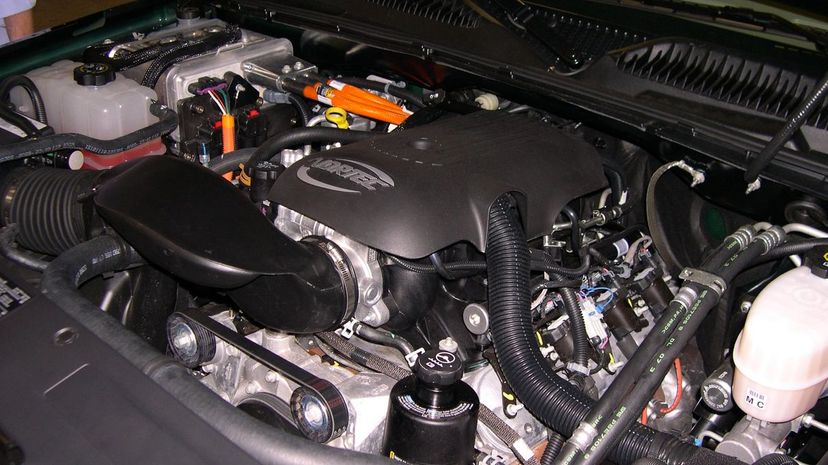
The term "hybrid" is used for this class of automobile because it has both a gasoline motor and at least one electric motor. Running off the electric motor at first, when the charge is depleted, the gasoline engine kicks in, both powering the car and helping to recharge the electric motor. Ships, aircraft, construction equipment and other types of vehicles and tools also use this type of technology.

Engine output is generally measured in horsepower, which is something that most drivers understand in the abstract, but the actual measurement is a bit arcane. Horsepower measures how much power is necessary to move 550 pounds one foot in one second, or 33,000 one foot in one minute. It's also equal to 746 watts if that helps.
Advertisement
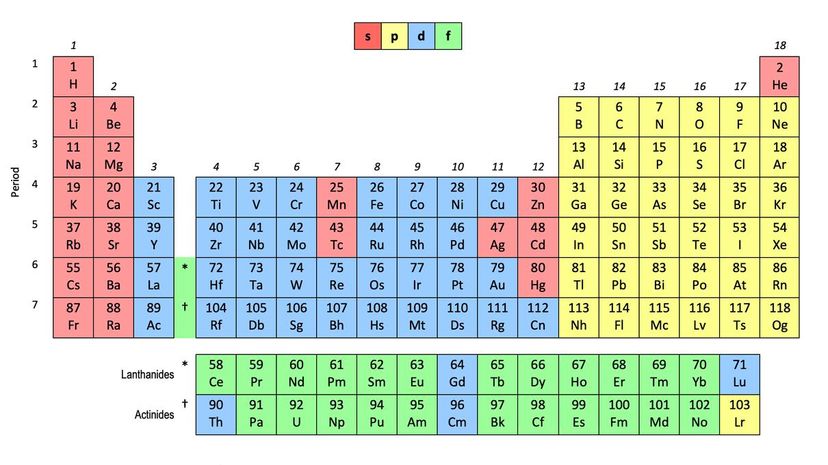
Hydrogen fuel cells are one alternate form of energy that has been used to power vehicles. With this type of vehicle, hydrogen is used to fuel an electrochemical system to produce the electricity needed to operate a motor, leaving steam and water as the only byproduct. A lack of infrastructure, however — it's hard to find hydrogen stations in most of the United States — and a high price tag have kept this type of vehicle from becoming mainstream.

As Henry Ford's vehicles made their way into the lives of middle-class families, the demand for a place to fuel them started to rise quickly. The world's first purpose-built gas station was located St. Louis, Missouri and opened in 1905. Before that, gasoline was sold by businesses "on the side." The second gas station was located in Seattle, Washington. Reighard's Gas Station, the oldest existing gas station in the U.S. is located in Altoona, Pennsylvania and opened in 1909.
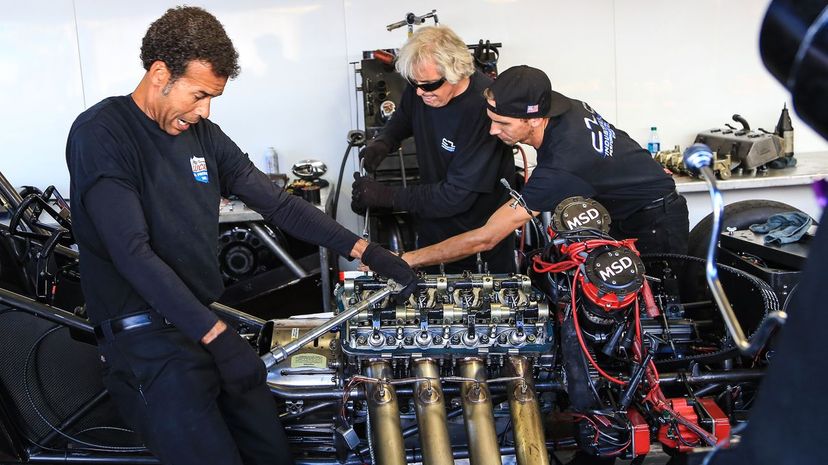
When referring to automobiles, torque is the measure of the rotating forced that is produced by the spinning of the vehicle's crankshaft, and is usually measured in foot-pounds. More simply put, the higher the torque an engine can produce, the quicker the work of the engine can be used by the wheels. High torque means faster acceleration.
Advertisement
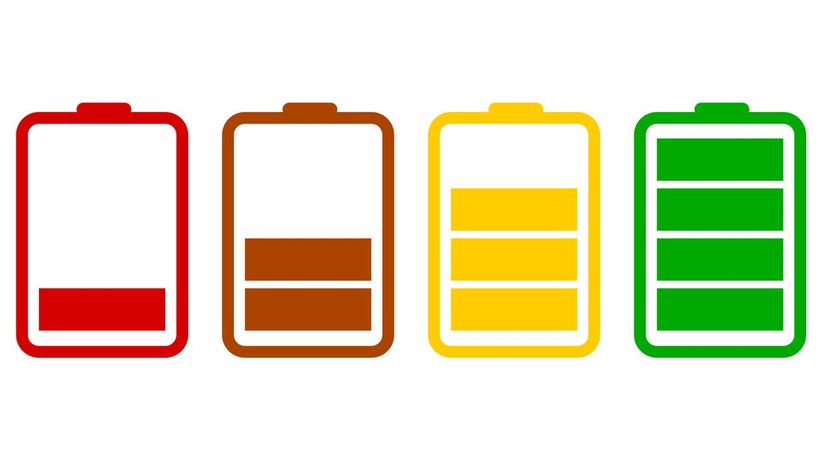
About a third of the manufacturing cost of a modern electric vehicle comes from building the battery that powers the engine. While this sounds like a lot, that price has been falling. For a mid-sized U.S. electric car in 2015, the battery accounted for more than 57% of the cost, and experts estimate that figure will fall in 2025 to about 20% of the total expense.
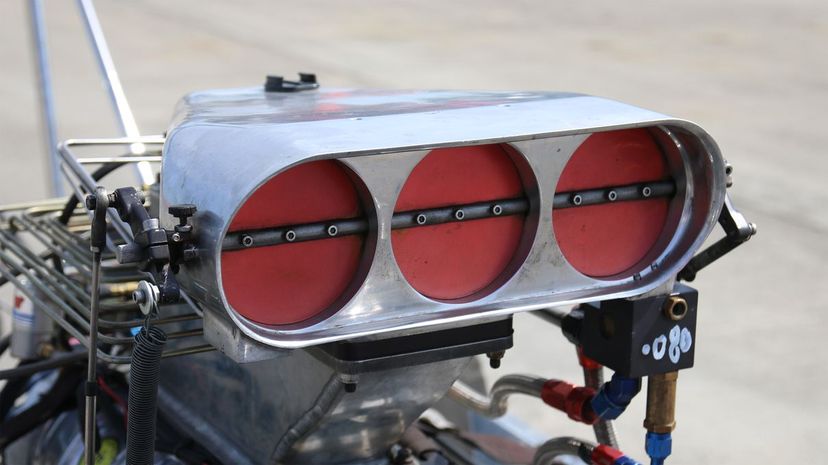
The accelerator pedal is directly connected to the throttle, which is the component that controls how much air is coming into the engine. When more air is available, the car's carburetor or computer allows more fuel to be added to keep the fuel/air ratio constant. This added fuel/air mix makes the engine work harder and produce more power.
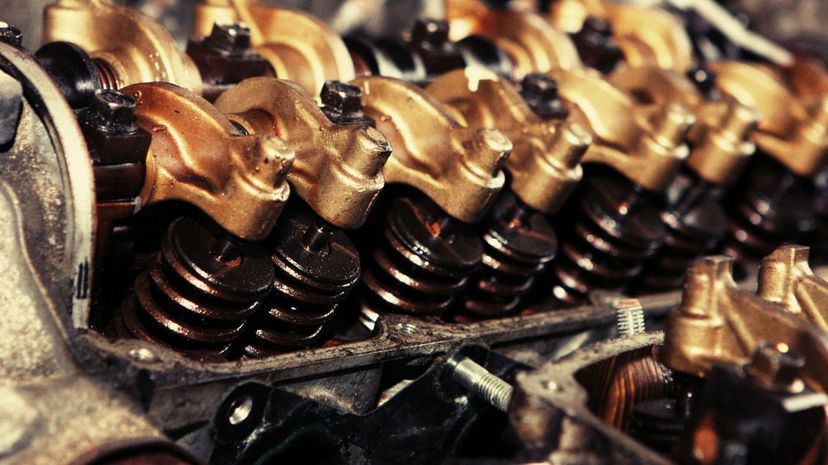
Diesel fuel combusts more easily at lower pressures than gasoline does and, as a result, doesn't need the spark from the spark plug to ignite the fuel. Diesel engines do have a device called a glow plug, however, that heats the incoming fuel and air to allow the combustion process to operate more efficiently, which is especially helpful in cold weather or when the engine is just warming up.
Advertisement

When measured in equal volumes, diesel fuel has more potential energy than gasoline. Because of this, diesel engines are more fuel-efficient than gasoline engines in cars. Regular diesel fuel also provides more torque than its gasoline equivalent, although this performance falls off with "special" types of diesel, such as bio-diesel or black diesel fuels.
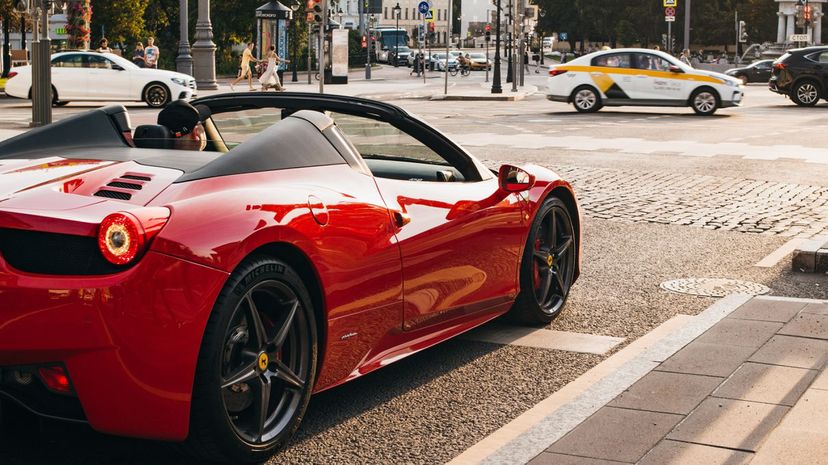
When a high-performance engine is designed to run on premium gasoline — gas with a higher octane rating — putting lower-octane gas in it can actually damage the engine. This happens because gas with a lower octane rating will combust through the higher pressure used by high-performance engines without a spark (known as detonation). This can damage the engine and causes a knocking or pinging sound.

Electric and hybrid vehicles with regenerative braking are designed to use the kinetic energy generated by the friction of braking and convert that into electricity that helps to recharge the battery. Using this energy that would otherwise be wasted allows these vehicles to be more energy efficient.
Advertisement
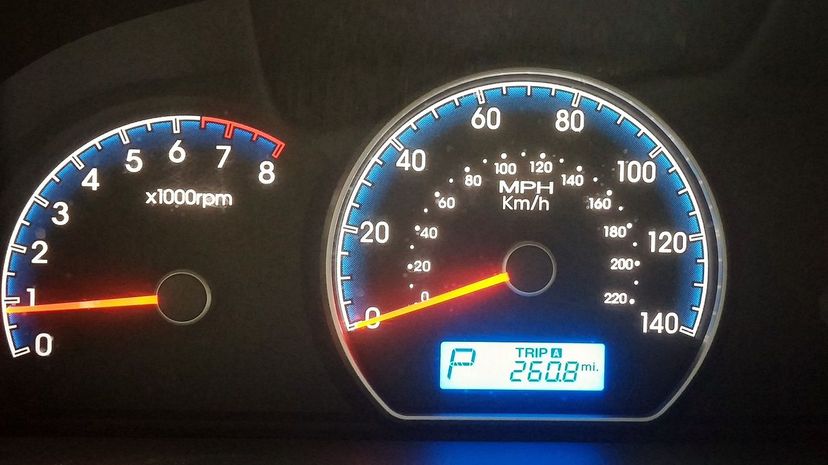
Brake horsepower (BHP) refers to the ultimate power the engine can generate on its own, separate from the vehicle, while horsepower is the amount of power the engine can generate while having to power other systems — such as the transmission, alternator, various pumps and other parts — in the normal operation of the vehicle. HP is a truer measure of how the engine will perform for the driver.
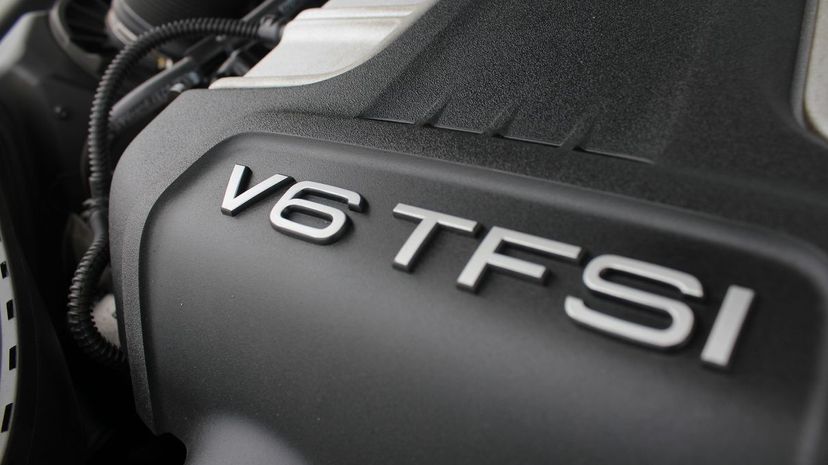
The fuel/air mix is introduced into the cylinder in the intake stroke, and is then compressed in the next stroke by the rising piston. The energy from the fuel/air mix used by the internal combustion engine is released during the combustion stroke (sometimes called the power stroke). This is when the fuel is ignited and releases its energy to force the piston down in the cylinder. Then, the exhaust gases are removed, and the process begins again.
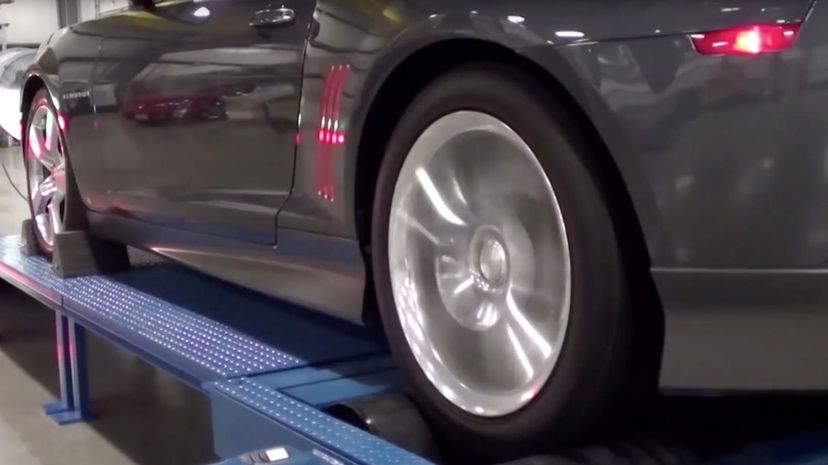
A dynamometer is a device that is used to measure the torque and rotational speed of an engine — horsepower can also be computed with this information, as well. Engine dynamometers are used to test the output of the motor itself, separate from the vehicle, while chassis dynamometers test the performance of the entire powertrain.
Advertisement
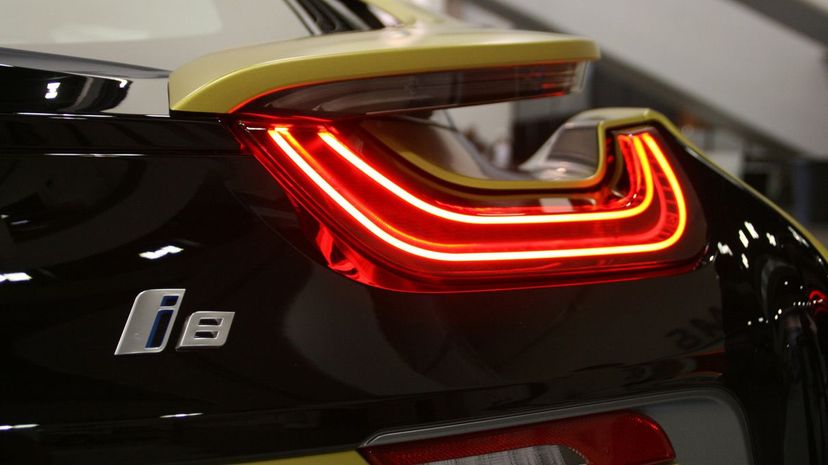
While this might seem like a "good" problem, the fact that electric engines run silently, and thus the automobile doesn't make much sound while traveling, has been a concern to many. This "silent running" can be an issue to pedestrians, blind people, children, cyclists and others who might encounter these vehicles. Some manufacturers have started equipping their electric and hybrid vehicles with "electric vehicle warning sounds" to alert others to their presence.

If you put just fuel into an internal combustion engine, nothing will happen. Air must be mixed into the spray of fuel in order for the fuel to ignite. The carburetor performed this function in older cars, but that system has been replaced by the more efficient fuel injectors. The car's computer keeps track of the fuel/air ratio to ensure the engine is running at its best.

While only about 3 percent of cars sold in the U.S. have diesel engines, the numbers are far different in Europe, where about half the cars on the road are powered by diesel fuel. Diesel engines have historically been the more efficient of the two types of powerplants, but stricter emission regulations and improving technology are starting to narrow that gap.
Advertisement
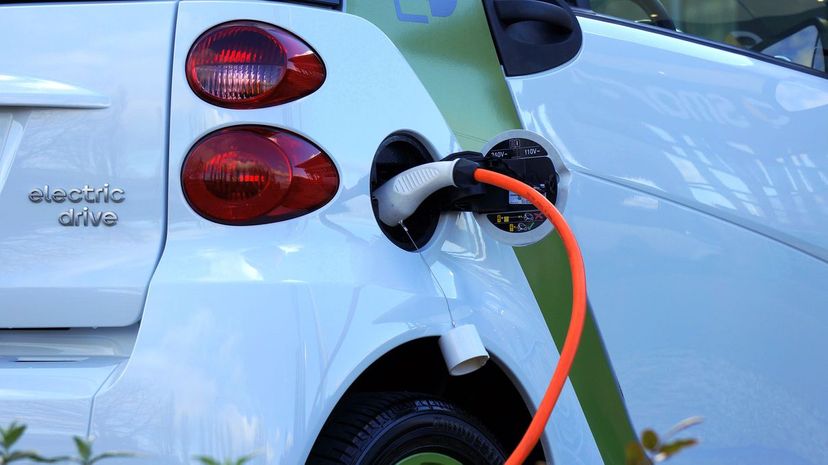
While the materials and efficiency have certainly improved in the modern age, the first electric car made in the United States was created by William Morrison in Des Moines, Iowa in 1890-91. Morrison built a six-passenger wagon that could go 14 mph. Morrison didn't make the first practical electric car in the world, however; that honor goes to French electrical engineer Gustave Trouve, who built an electric tricycle in 1881.
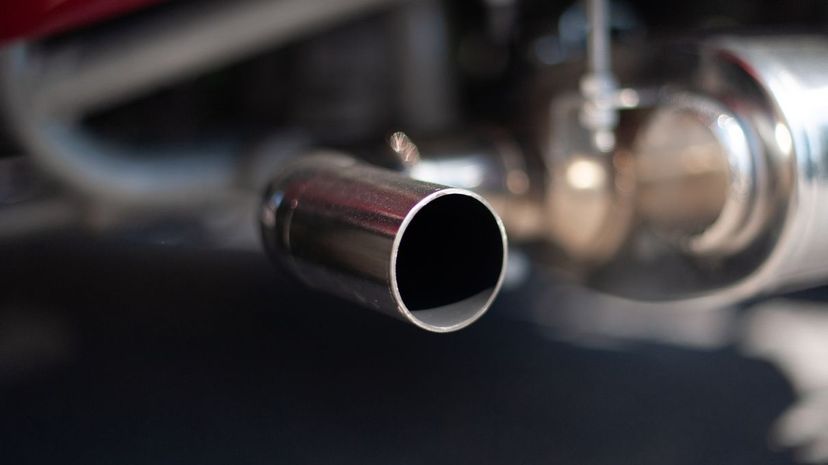
Diesel gasoline contains more potential energy than gasoline, and as a result less diesel fuel is needed to go the same distance than gasoline, which puts out less carbon dioxide into the air. They to tend to produce more nitrogen oxides, however, which is harmful to breathe. New emission technology, however, has made modern cars using either type of engine easier than their ancestors for the environment — and for lungs.

As of 2017, only about 0.2% of the automobiles on the roads around the world were pure electric vehicles. That number is growing, however, with countries like Norway and China in the lead for converting their nations' vehicles. And, as the technology matures and becomes cheaper to make and to buy, electric car use should continue to rise.
Advertisement
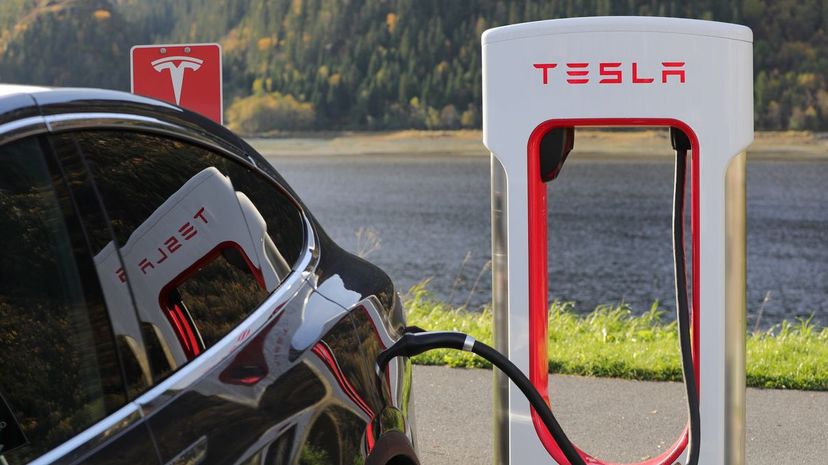
Tesla, which has been one of the biggest forces in the creation of the modern, practical electric vehicle, was founded on July 1, 2003, in San Carlos, California. Tesla's CEO Elon Musk was an early investor in the startup and was retroactively named as one of the company's founders.
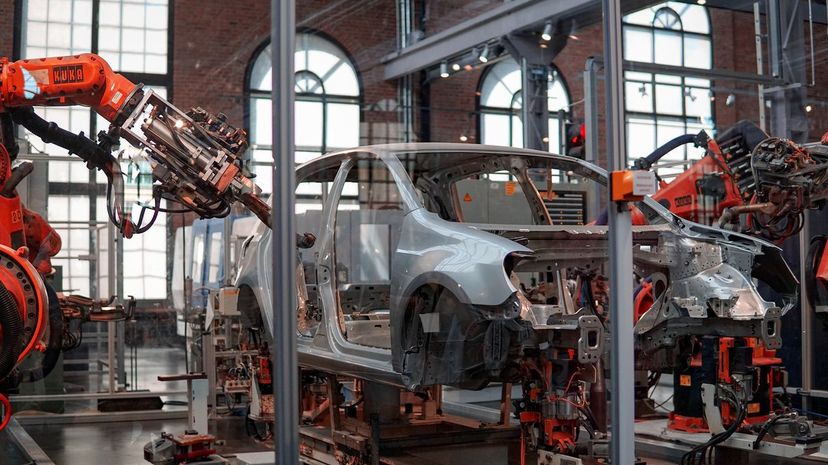
The field of electric car manufacturing is still a very new area when compared to traditional automaking, which has been going on for more than a century. As with any emerging technology, however, today's high prices will be offset by breakthroughs in battery construction and other technological breakthroughs, as well as increased manufacturing scale as more drivers go electric.
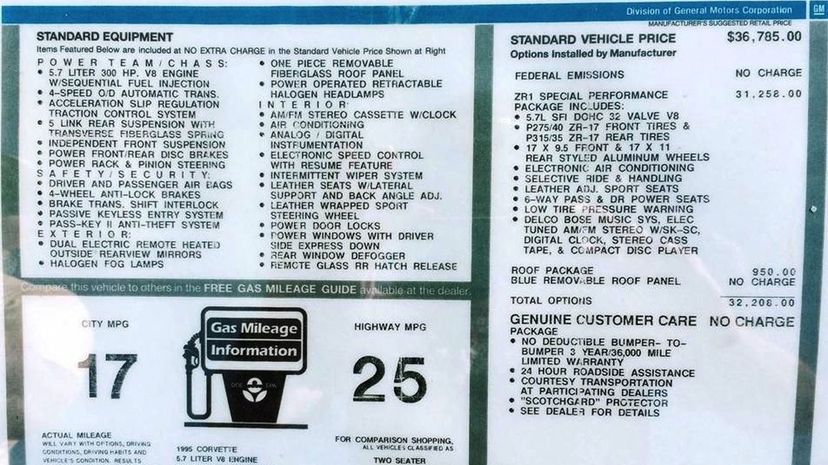
A 2019 report from Bloomberg New Energy Finance projected that the price of electric vehicles will become comparable with traditional combustion vehicles by 2022, thanks in large part to better batteries that are cheaper to produce. Also, as they become more common, electric cars won't be the "fringe" item that they are today for automakers, but will be a part of their main production line.
Advertisement
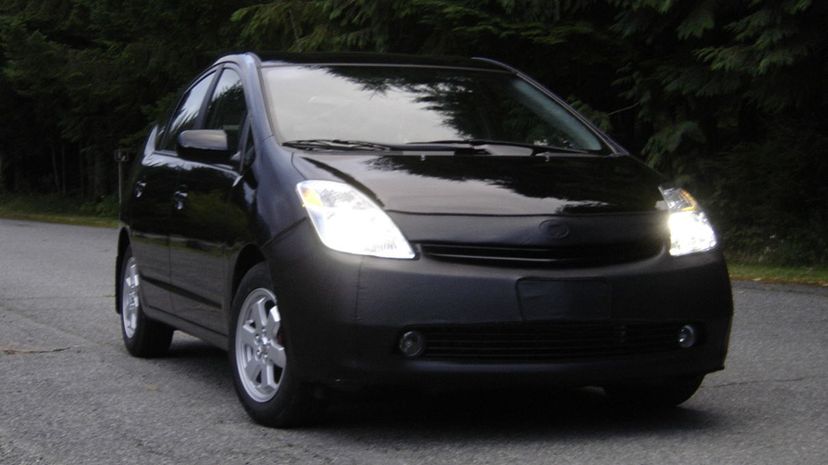
The Toyota Prius was released in Japan in 1997 and came to North America, Europe and other countries in 2000. The Honda Insight, launched in the U.S. in 1999, was the first hybrid car in the American automotive marketplace. The Ford Escape Hybrid was the first hybrid electric SUV and was introduced in 2005.
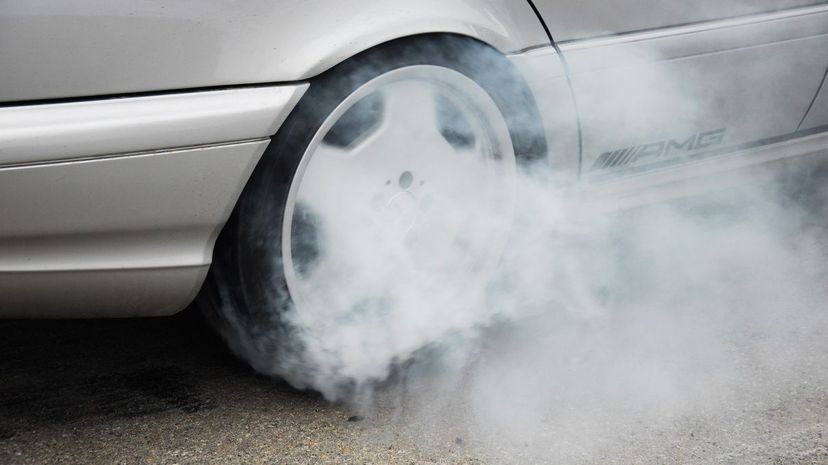
While vehicles with gas engines are still the quickest once they get up to speed (for now), the electric engine has a quality that its gas-powered cousin doesn't: It can immediately send full power to the wheels, where a gas engine has to ramp up. Electric vehicles can reach maximum torque from 0 RPM much more quickly than their counterparts.

Electricity is electricity, no matter how it is generated, and the electric car doesn't care where it comes from. One of the most attractive things about the electric car, in fact, is that as new sources of clean, renewable energy are developed, electric vehicles will become that much cheaper to operate in the future.
Advertisement

Biofuel comes from taking biomass — raw, organic material — and using it to make fuels such as bioethanol or biodiesel. While this has advantages over traditional fossil fuels, there are critics of this type of energy production, especially when arable land is used to grow crops solely intended for fuel rather than food (this process is known as creating "First-generation biofuels"). Experiments have led to other forms of biofuel, however, so the future is still in flux for this type of energy creation.

Ah, Mr. Fusion — the holy grail of energy production for vehicles (and, one assumes, every other type of power needed in the trilogy's ultra-modern world of 2015). Simply by filling the device with trash, Doc Brown can produce the 1.21 gigawatts of energy needed to power the time machine's flux capacitor that makes time travel possible.
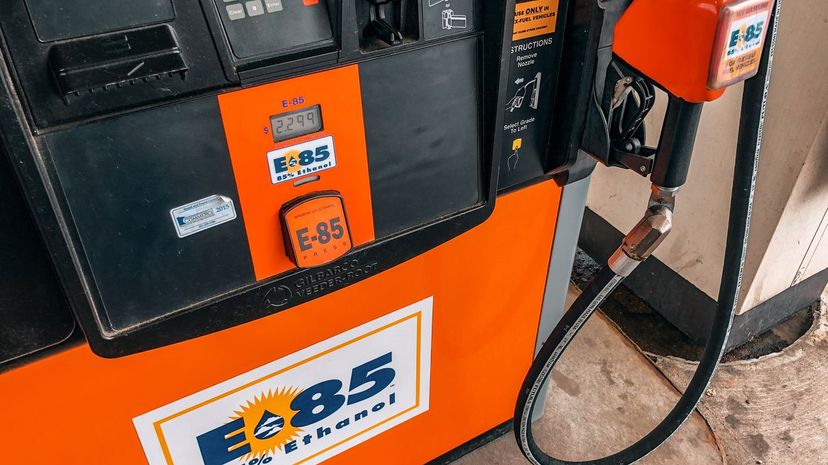
Flexible fuel vehicles are automobiles that can run on the 85% ethanol mixture of fuel knowns as E-85. These vehicles have been produced since the 1990s and more than 100 models of vehicles can currently use this fuel (vehicles that can use E-85 have either a yellow gas cap or yellow ring around the fuel filler). These vehicles can also run on regular gasoline.
Advertisement
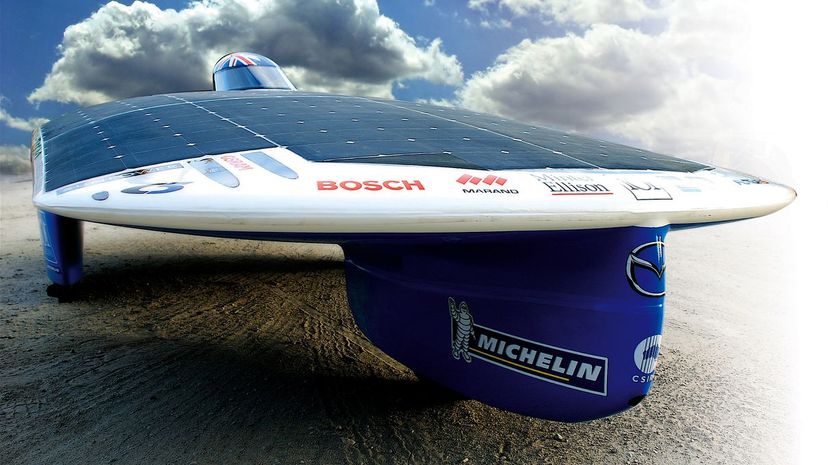
The Bridgestone World Solar Challenge — a road race first held in 1987 designed to test the limits of experimental vehicles powered by solar energy — is held every three years and runs from Darwin, Northern Territory, to Adelaide, South Australia and runs 1,878 miles. Teams from universities and companies from around the world compete in the race.

While it is possible to construct a car that runs on water — the key is to remove the hydrogen from the water and use that to power the systems using a form of electrolysis — the process would take as much energy to extract the hydrogen as that hydrogen would provide (and probably more, since the process isn't 100% efficient). Individuals and companies have claimed to have made water-powered engines, but those claims have been hard to substantiate.

Known as straight vegetable oil (SVO) or pure plant oil (PPO), vegetable oil has been successfully used to as a fuel for motor vehicles. Used most often by modified diesel car engines, the oil must be preheated (using the engine's own waste heat from the combustion process) to reduce viscosity. This oil can be gathered as recycled oil used in cooking (such as in deep fryers).
Advertisement
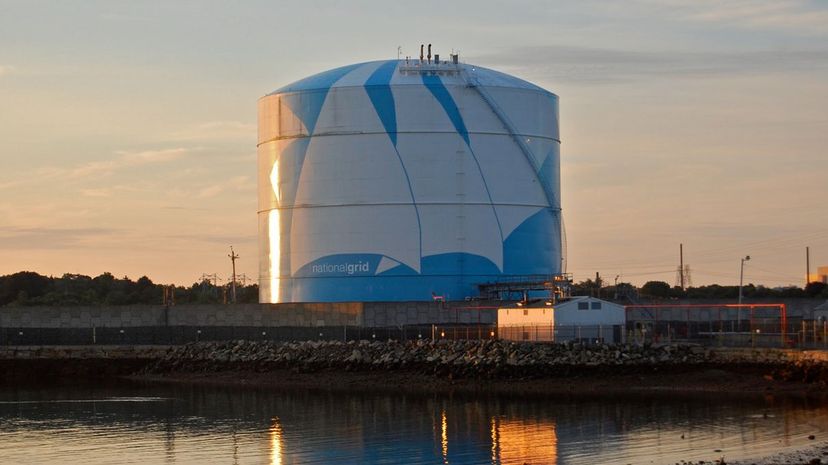
Operating cars on natural gas has many advantages over some other alternative forms of energy, and over regular gasoline and diesel, as well. It burns cleaner, is less expensive than regular gas and has other appeals, as well. The Metro buses in Los Angeles, California are all running on natural gas and have reduced cancer-causing particulates by an estimated 98% and carbon monoxide by 80%.
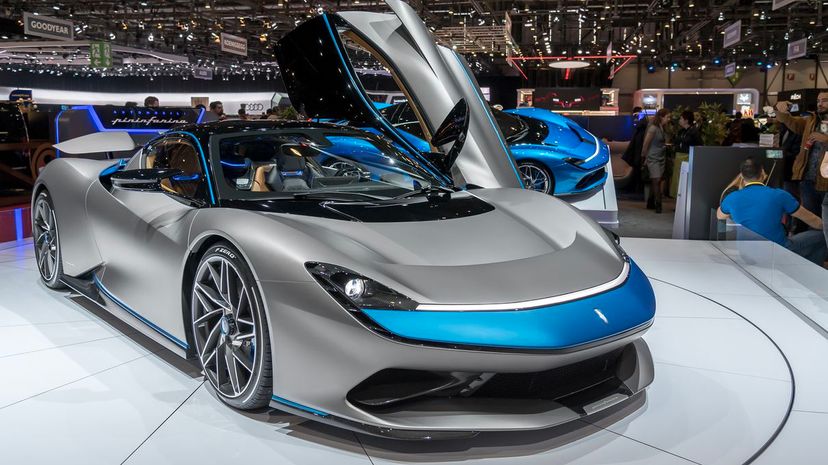
The Pininfarina Battista, to be offered in the 2020 model year, is an electric hypercar with unreal power. The car has four motors, one for each wheel, and generates an astounding 1,877 hp. The company claims that the Battista can go from 0 to 100 km/h (0 to 62 mph) in 2 seconds, and has a top speed of 217 mph. This electric car is considered the most powerful street-legal car to come out of Italy.